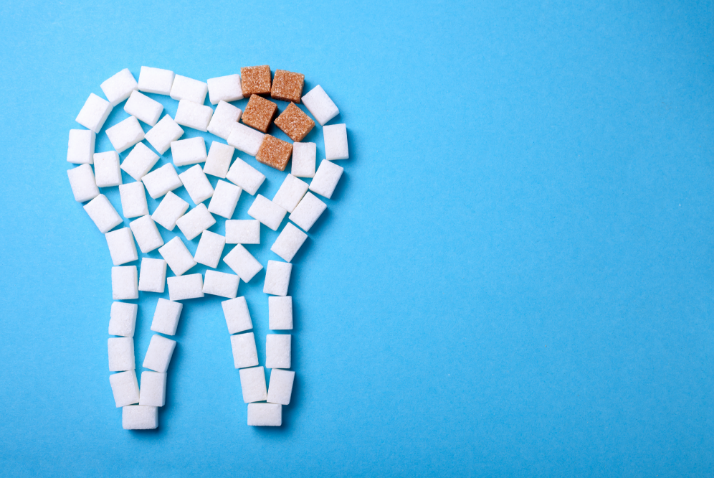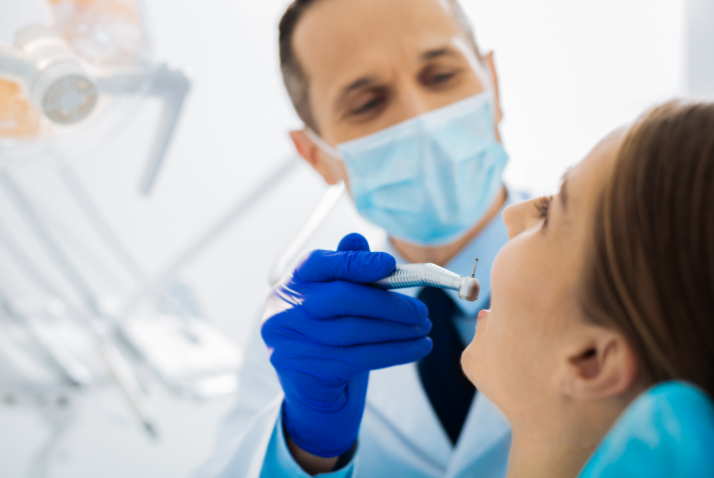Treatment of dental cavities
What are cavities?
Cavities are primarily caused by diet: bacteria, sugar and acidity contribute to the formation of small cavities on the surface of teeth. Dental hygiene and genetic predisposition can also play a role. In concrete terms, tooth decay occurs when bacteria concentrated on the surface of teeth feed on sugar residues. They then emit acid waste capable of piercing the enamel.
If nothing is done, tooth decay will continue to advance. It first attacks the enamel, then the dentine, the dental pulp, the dental nerve and, in the most serious cases, the root and gum itself. At this point, it can lead to the formation of a dental abscess.


What are the symptoms?
What does treatment involve?
Treatment generally depends on the stage of development of tooth decay.
When bacteria had only reached the enamel, forming a stain (precarious state), the tooth can be treated with fluoride varnish.
When decay has formed and reached the enamel or dentin, i.e. the tooth tissue itself, your dentist will need to restore the tooth. This involves completely removing the infected tissue, while preserving as much of the tooth structure as possible. The tooth is then filled with a composite material to protect it while maintaining its aesthetic appeal.
When decay reaches the pulp or nerve, more invasive treatment is required. All pulp tissue must be removed, and all root canals cleaned and disinfected. This is the famous root canal treatment, during which the tooth is "devitalized". The addition of a crown may then be required to protect the weakened tooth.
Don't wait until it hurts too much to make an appointment! The professionals at your local clinic in Outremont will diagnose your problem and explain the treatment steps that are right for you.
Vous l’avez compris : en matière de carie, il ne faut surtout pas trop attendre ! Un suivi régulier reste la meilleure option pour prévenir les caries ou les soigner à temps. Notre équipe s’engage à vous offrir un service bienveillant et chaleureux à chacune de vos visites !

